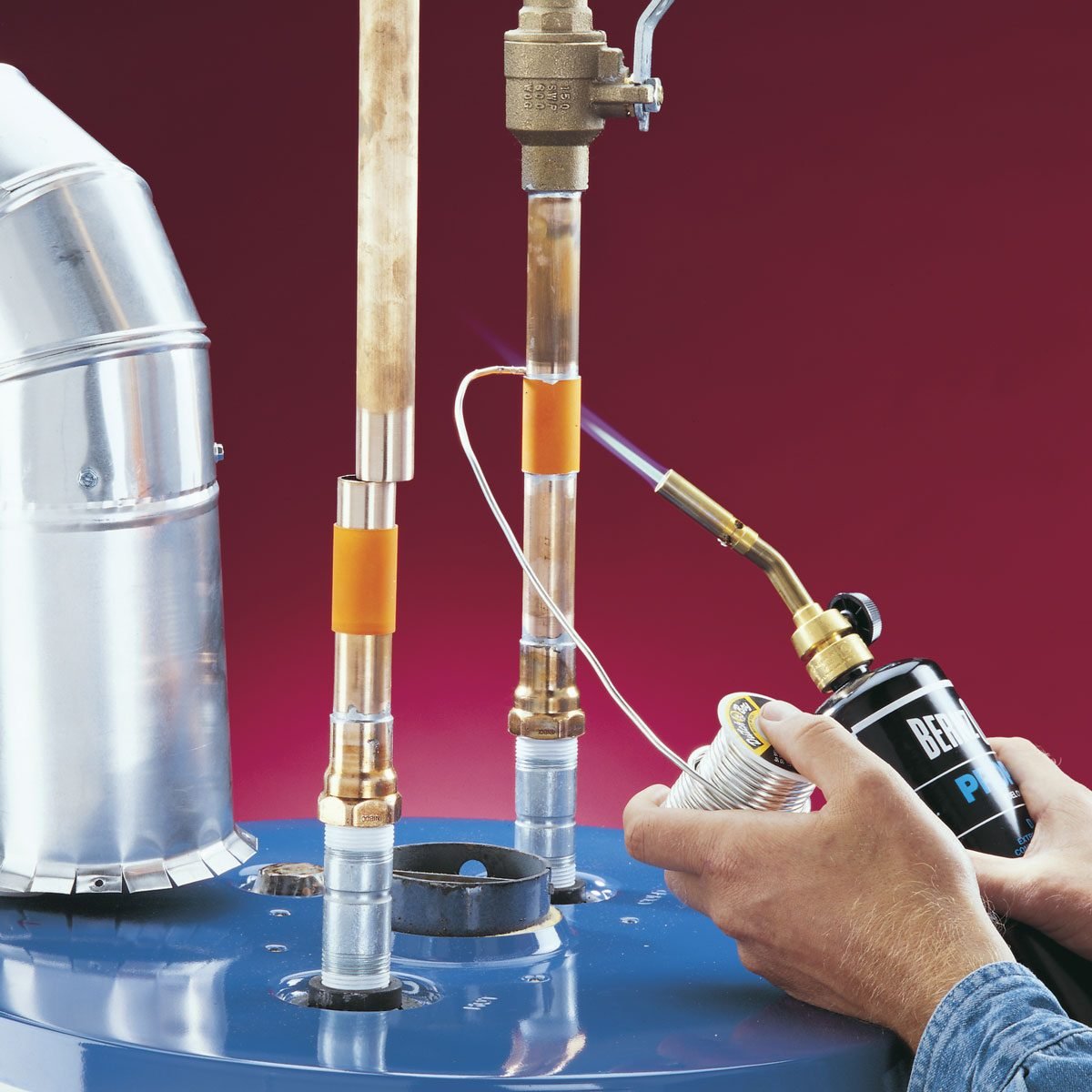Do It Yourself Hot Water Heater Installment: Crucial Steps for Success
When thinking about a DIY water heating unit installation, it is important to come close to the job with a systematic way of thinking, as the process involves numerous crucial actions that can dramatically influence both safety and efficiency. Picking the proper water heating system for your certain needs is simply the start; preparing the setup location and understanding the needed devices and products are similarly crucial.
Choosing the Right Hot Water Heater
When selecting a water heating unit, it is essential to take into consideration several essential variables to guarantee ideal efficiency and efficiency - water heater installation. To start with, examine the type of hot water heater that finest suits your needs. Alternatives include tankless, tank, and heatpump hot water heater, each offering distinct benefits in terms of energy performance and area demands
A bigger family members may call for an unit with a higher gallon capability or a tankless system that can give constant warm water. Each power kind has implications for installment prices and long-term power expenditures.
Power efficiency is an additional vital element. By thoroughly evaluating these factors, you can select a water heater that straightens with your house's particular requirements, ensuring convenience and performance for years to come.
Devices and Products Needed
Efficiently mounting a hot water heater calls for not just the ideal selection of device but additionally the proper tools and materials. Prior to starting your DIY task, ensure you have an extensive checklist of things to promote a smooth setup process.
Important tools include a pipeline wrench, adjustable pliers, and a screwdriver set (both flathead and Phillips), which will certainly assist you take care of numerous installations and links. Additionally, a drill with proper little bits is required for installing braces or making any type of called for openings. For safety, a voltage tester is critical, particularly when dealing with electric hot water heater.
As for materials, obtain Teflon tape to ensure leak-proof connections on threaded fittings. You will additionally need a versatile water system line, which can be either braided stainless steel or PVC, relying on your preferences and neighborhood codes. Do not neglect to stockpile on installations, such as arm joints and combinings, to attach the plumbing safely. Finally, a frying pan or drip tray can aid manage any kind of prospective leakages, providing an added layer of security. By gathering these tools and products beforehand, you established the phase for a successful water heater installation.
Planning For Installment
Before starting the installation of your water heater, it is crucial to analyze the installation site to ensure it satisfies all required requirements. Beginning by validating that the location is well-ventilated, especially for gas water heaters, to stop the build-up of unsafe gases. Look for the schedule of necessary links, including supply of water lines and electric outlets, guaranteeing they are in excellent condition and effectively located.

This positive strategy not only makes sure conformity with local structure codes but also improves the durability and performance of the water heating unit. Correct prep work sets the stage for a smooth installation process and helps stop unexpected problems.
Step-by-Step Installation Refine
With the prep work full and all necessary assessments conducted, the following phase entails the step-by-step setup of your water heater. For tank-type water heating systems, connect the cool water supply line to the inlet, normally marked in blue, and the warm water line to the electrical outlet, typically assigned in red.
Next, protect the temperature and stress safety valve, which is vital for safety. Connect the discharge pipe to this shutoff, guiding it towards the floor or an appropriate drainage location. For electrical versions, connect check here the power supply by stripping the wires and securing them to the heating system's terminals according to the manufacturer's guidelines.
If you are installing a gas water heating system, guarantee the gas line is linked appropriately and check for leaks using a soap remedy. Nevertheless connections are made, fill up the storage tank with water prior to switching on the power or gas supply. Lastly, permit the water heating system to reach the desired temperature level and check for any leaks around all connections.
Ensuring Safety and Effectiveness
Consistently ensuring security and performance throughout the setup and operation of your hot water heater is essential for optimum performance and durability. Begin by selecting a suitable location web that follows neighborhood structure codes and gives adequate air flow. Make certain that the area is devoid of flammable materials and has adequate space for upkeep and evaluations.

After installment, conduct regular checks on the system to find leaks, corrosion, or unusual sounds. Establish the thermostat to a secure temperature level, normally around 120 ° F, to stop scalding and enhance energy efficiency. Insulate pipes to minimize heat loss, which adds to reduce power bills.
Conclusion
In verdict, effective DIY water heater installation pivots on cautious preparation and execution. Picking the appropriate water heating unit, preparing the installation location, and adhering to a methodical installment procedure are critical steps.
When thinking about a DIY water heater installation, it is vital to come close to the job with a methodical attitude, as the process entails several critical steps that can dramatically affect both security and performance.Before starting the installation of your water heating unit, it click here for info is critical to examine the setup site to ensure it fulfills all essential requirements. For tank-type water heaters, connect the cool water supply line to the inlet, commonly marked in blue, and the warm water line to the outlet, typically designated in red.Regularly making certain safety and security and effectiveness during the installation and procedure of your water heating system is critical for optimal performance and durability. Selecting the suitable water heating unit, preparing the setup location, and adhering to a methodical installment procedure are essential steps.